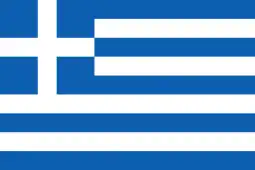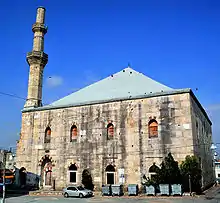| Ibrahim Han Mosque | |
|---|---|
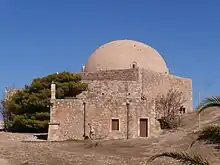 Ibrahim Han Mosque in the fortezza | |
| Religion | |
| Affiliation | Sunni Islam |
| District | Rethymno |
| Province | Crete |
| Ecclesiastical or organizational status | Exhibition center |
| Location | |
| Location | Rethymno, Greece |
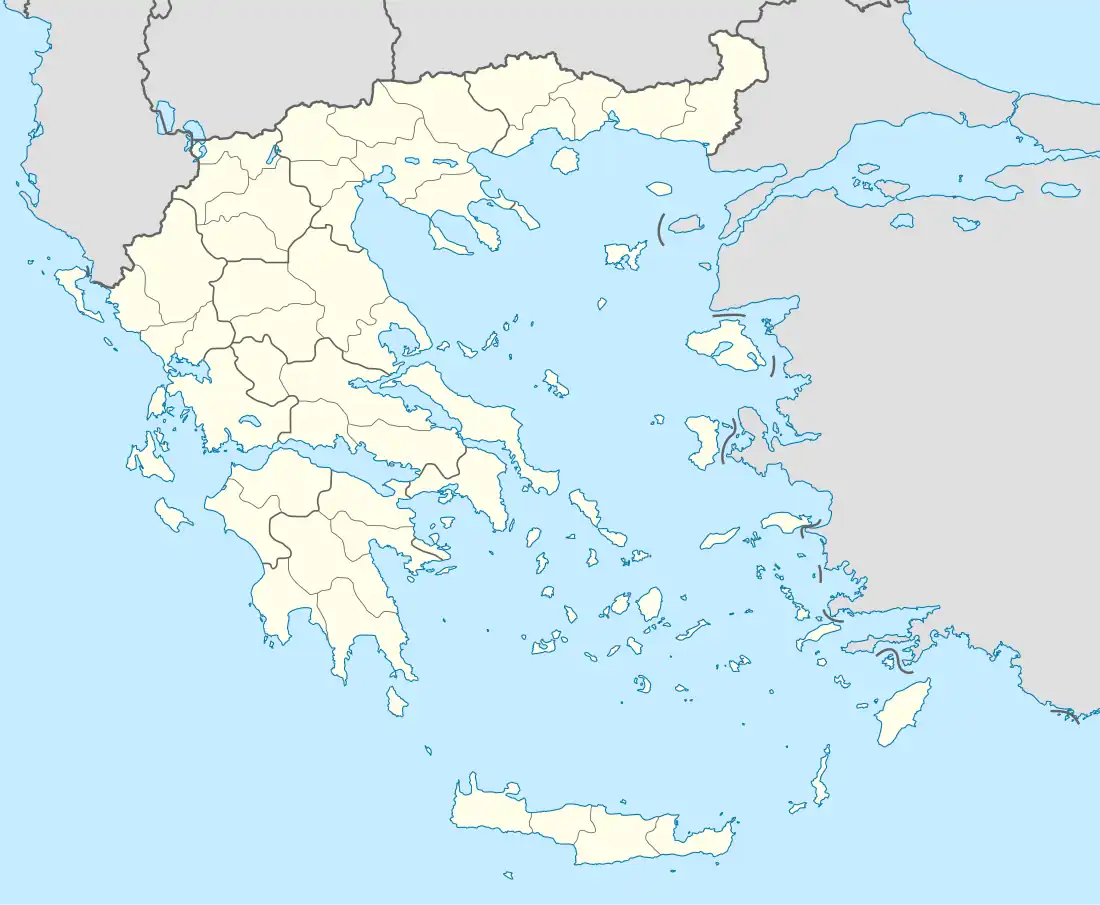 Shown within Greece | |
| Geographic coordinates | 35°22′21″N 24°28′16″E / 35.37250°N 24.47111°E |
| Architecture | |
| Type | Mosque |
| Completed | 1583-5 |
| Specifications | |
| Dome(s) | 1 |
| Dome dia. (outer) | 11 m. |
| Minaret(s) | 1 (collapsed) |
| Materials | Stone, brick |
The Ibrahim Han Mosque (Greek: Τζαμί του Ιμπραήμ Χαν, from Turkish: İbrahim Han Camii), also known as the Sultan Ibrahim Mosque (Greek: Τζαμί του Σουλτάνου Ιμπραήμ), is a historical Ottoman mosque in the town of Rethymno, on the island of Crete, in southern Greece. Situated inside the old fortezza of Rethymno, the mosque was originally built as a church by the Venetians but converted into a mosque following the island's conquest at the hands of the Ottomans. Today it functions as an exhibition center.
History
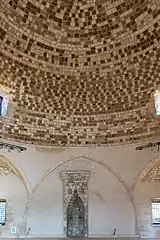
It was built as a Christian church by the Venetians around 1583–5, as the town's cathedral dedicated to Saint Nicholas.[1] The Venetians transferred the cathedral seat to the fortezza after the previous church was completely destroyed[2] during the 1571 invasion.[3] In 1585, the successor bishop Carrara refused to hold masses in the church, claiming that it was not adequately equipped and the space was too narrow.[3]
Very shortly after the town of Rethymno was conquered by the Ottomans, the church was converted into a mosque dedicated to Sultan Ibrahim I in 1648, with a large, imposing dome added to it.[1][4] The complaed became property of the city of Rethymno in 1971; it was restored between 2002 and 2004 by the Ephorate of Byzantine Antiquities, and now it is used as an exhibition center.[5]
Architecture
The mosque's dome is 11 metres in diameter, and rests on eight arches.[3][1] Today, the spherical triangles formed in the corners from the arches on its four walls can still be seen, and so does the arch above the entrance.[2] Furthermore, the mihrab with its elaborate relief designs and the base of the demolished minaret inside the building are also still visible.[2] The minaret, which once stood on the northwestern corner of the church/mosque,[3] collapsed at the beginning of the twentieth century, and was never rebuilt.
See also
References
- 1 2 3 Katsipoulaki 2009, p. 21.
- 1 2 3 "Τζαμί του Ιμπραήμ Χαν Φορτέτσα" [Mosque of Ibrahim Han Fortezza]. thisiscrete.gr (in Greek). Retrieved November 22, 2023.
- 1 2 3 4 "The Mosque of Ibrahim Han". tour.rethymno.gr. Archived from the original on 16 October 2015.
- ↑ Kivernitaki, Maria; Samatas, Yannis. "Fortezza in Rethymnon". Explore Crete. Archived from the original on 1 April 2015.
- ↑ Kolovos 2015, p. 243.
Bibliography
- Katsipoulaki, Basileia (2009). Η τουριστική κίνηση του νομού Ρεθύμνης: Εξέλιξη και προοπτική [The tourist activity of the prefecture of Rethymno: Evolution and perspective] (Thesis) (in Greek). Kavala, Greece.
- Kolovos, Elias (2015). "Monuments sans héritiers ? Les édifices ottomans de Crète". Anatoli. 6 (6): 237–256. doi:10.4000/anatoli.308.
External links
 Media related to Ibrahim Han Mosque at Wikimedia Commons
Media related to Ibrahim Han Mosque at Wikimedia Commons
